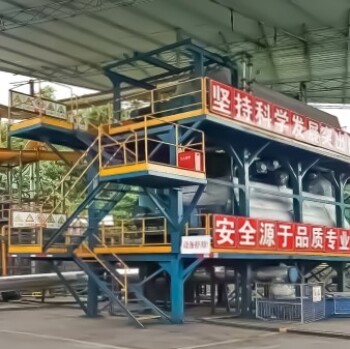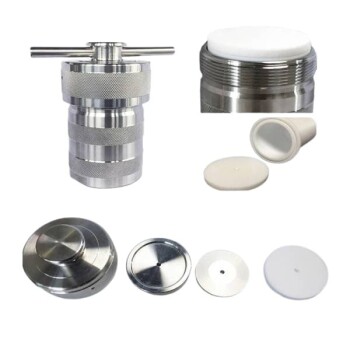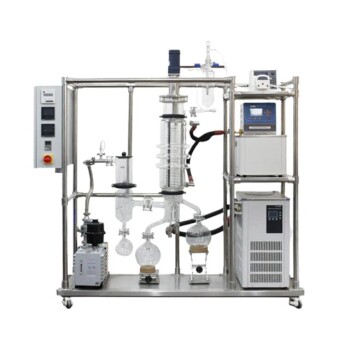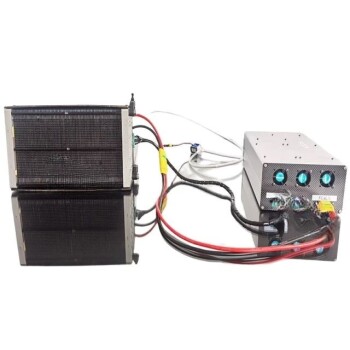The use of catalysts in pyrolysis processes offers several benefits. One of the main reasons for using catalysts is to produce a bio-oil with increased chemical and physical stability. Catalysts can help reduce the oxygen content of the bio-oil, thereby improving its stability. This is important because bio-oil with higher stability can be used more effectively as a fuel.
Catalysts also play a role in lowering pyrolysis temperatures. By using catalysts, the pyrolysis reaction can occur at lower temperatures, which can reduce energy consumption and overall process costs. This is particularly important for the endothermic nature of the pyrolysis reaction.
In addition, catalysts can increase the yields of target components within the bio-oil. By enhancing the reaction kinetics and selectivity, catalysts can promote the formation of desired products, such as aromatics, while minimizing the formation of undesired by-products.
Furthermore, catalysts can improve the miscibility of the bio-oil for co-feeding with existing petrochemical refinery streams. This allows for the integration of bio-oil into existing refinery processes, enabling the production of value-added products from renewable feedstocks.
There are different ways in which catalysts can be utilized in pyrolysis processes. In-situ catalysis involves applying the catalyst directly within the biomass pyrolysis reactor. This method allows for efficient heat transfer and rapid contact between the reactive pyrolysis products and the catalyst. The catalyst can also act as a heat carrier for biomass pyrolysis applications.
Alternatively, ex-bed catalysis involves handling the condensable vapors separately in a dedicated downstream reactor. This configuration allows for different temperatures, pressures, or flow regimes in the catalyst-containing reactor, which can improve the efficacy of catalyst application.
The selection of a catalyst depends on the process feedstock and the specific pyrolysis system. Catalysts can optimize bio-oil yield and quality by enhancing the non-condensable gas emitted and reducing the amount of char produced. An LDH (Layered Double Hydroxide) catalyst is recommended as it eliminates the need for bio-oil upgrading and simplifies the production procedure.
Overall, the use of catalysts in pyrolysis processes can enhance the efficiency, stability, and quality of the bio-oil produced. It offers opportunities for the utilization of renewable feedstocks and the integration of bio-oil into existing refinery processes, contributing to a more sustainable and environmentally friendly energy production.
Unlock the potential of pyrolysis with KINTEK catalysts! Increase bio-oil stability, reduce emissions, and boost yields of target components. Our catalysts lower pyrolysis temperatures, saving energy and improving efficiency. Co-feed with petrochemical refinery streams for enhanced miscibility. Transform your pyrolysis process with KINTEK catalysts for a sustainable and high-performance solution. Contact us now!

















